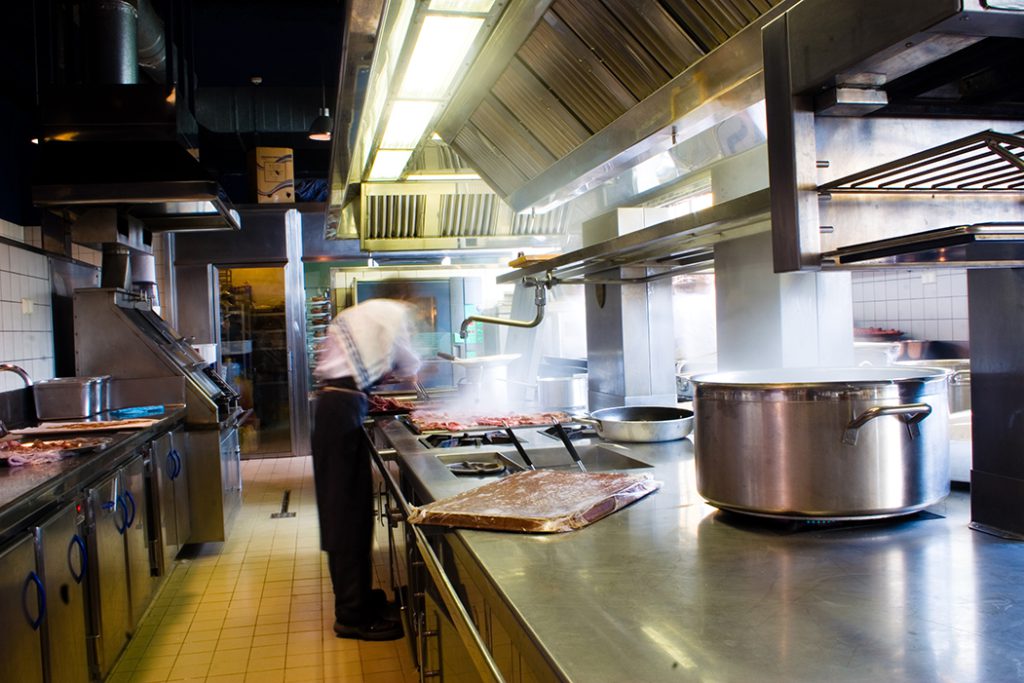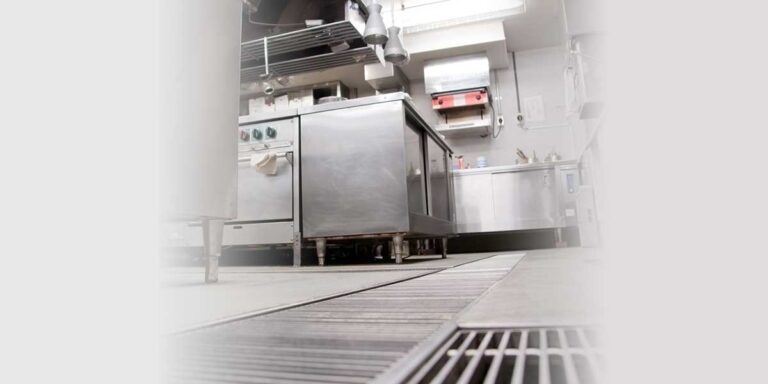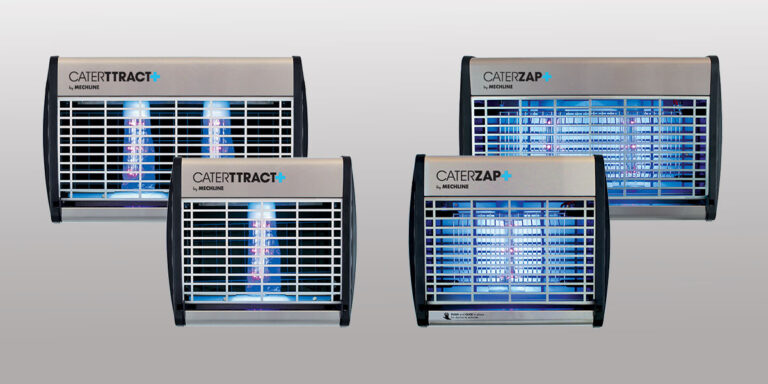Meeting commercial kitchen ventilation regulations shouldn’t be a box-ticking exercise. Ensuring that you’re legally compliant does, of course, keep the authorities from intervening in your operation, but above all, correctly installing, maintaining, and using your commercial kitchen ventilation equipment is about keeping your space safe for your staff and patrons.
Your kitchen ventilation system should work to extract the odours and heat accumulated during the cooking process. Cool and clean air should then enter the kitchen so that the area is safe and comfortable for staff –– ultimately, health and safety is at the core of what the regulations seek to achieve.
The regulations that may apply to you
The Workplace (Health, Safety and Welfare) Regulations 1992 state that employers are responsible for providing effective and suitable ventilation in every enclosed workplace, including kitchens, which need ventilation to create a safe and comfortable working environment. Mechanical extraction via a canopy hood is required to remove fumes and vapours and discharge them to a safe location. The Gas Safety (Installation and Use) Regulations 1998 extend these requirements as they apply to the gas appliances found in most catering premises. Likewise, the Health and Safety at Work Act 1974 states that employers are legally required to provide a safe working environment and conditions that do not pose a threat to employee health, as is practical.
So, what exactly does an effective and suitable commercial kitchen ventilation system look like?
Select the right canopy hood
A lot hinges on your canopy hood. There are many different styles with particular features. It’s important to consider the capture area of the hood you’ve chosen and whether it adequately covers the appliance beneath it. It’s necessary to consult with an installer to decide on what’s possible and most suitable for your commercial kitchen, where and at what height the hood will be mounted and whether the exhaust performance is sufficient for your needs. When selecting a hood for your commercial kitchen, you should:
- Ensure that the hood overhead fully covers the cooking appliance.
- Choose ceiling or wall-mounted exhaust hoods or vent hoods, where possible.
- Install exhaust hoods directly over cooking appliances where possible.
- Mount hoods as low as you can while still allowing easy access to the equipment for kitchen staff.
Key considerations for your commercial kitchen ventilation system
While larger kitchens are likely to require a mechanical extraction system with a fan and a filter, ventilation in smaller kitchens may be as simple as air supplied via ventilation grills in windows, walls or doors. When choosing your commercial kitchen ventilation solutions, the emphasis should be on selecting professional industrial systems – and looking after them as best you can.
Odour isn’t the only thing to consider when positioning your cooking equipment and selecting and installing a ventilation system –– heat and plumes play a significant role. There is also a distinction between cooking processes that create smoke and grease and those that emit moisture and heat only. To ensure that your ventilation system performs well to accommodate the type of cooking that goes on in your kitchen, you’ll have to consult with your kitchen designer or installer to ensure that the air removed through exhaust hoods is replaced with an equal volume of air. This will also affect your decision making around the HVAC system you utilise.
It is worth noting that the HSE strongly advises against the use of freestanding fans as a means of ventilation. The way fans move means that there is a risk that they will, at best, create air turbulence that will distract or annoy the people working in your kitchen; at worst, spread dangerous bacteria around, cause people to trip up or be an electric shock hazard.
Practice good, regular maintenance
Proper maintenance of your commercial kitchen ventilation requirements falls into three main categories: daily, weekly, and as needed:
Daily
- Accumulation of dirt and grease on the metallic surface of your ventilation system should be checked.
- Cooker hoods and grease filters should be cleaned.
Weekly
- A physical inspection of the ventilation system.
- Cleaning of baffle type self-draining systems together with the collection drawers must be done at least once weekly. Mesh filters should be cleaned at least twice a week.
As needed
- A specialist contractor should be called to carry out periodic deep hygiene. Inspection and cleaning of ductwork branches together with proper equipment need to be conducted more frequently. The frequency of its use should determine the period within which cleaning of the equipment will be done.
- Fans should regularly be maintained in line with manufacturer instructions.
- The carbon filters should also be changed after every four to six month.
- A system that has been installed with an ESP must be cleaned every two to six months.
Keeping your kitchen adequately ventilated is an absolute must – from a legal perspective, in terms of insurance, and to keep your employees safe, happy and comfortable as they work. Look for an accredited specialist that can ensure your installations are compliant and provide support when it comes to maintenance and testing. It’s important to note that the points discussed in this blog act as guidelines, and you will have to consult with your installer on what is applicable and possible for your commercial kitchen and the geographic location you operate in.








